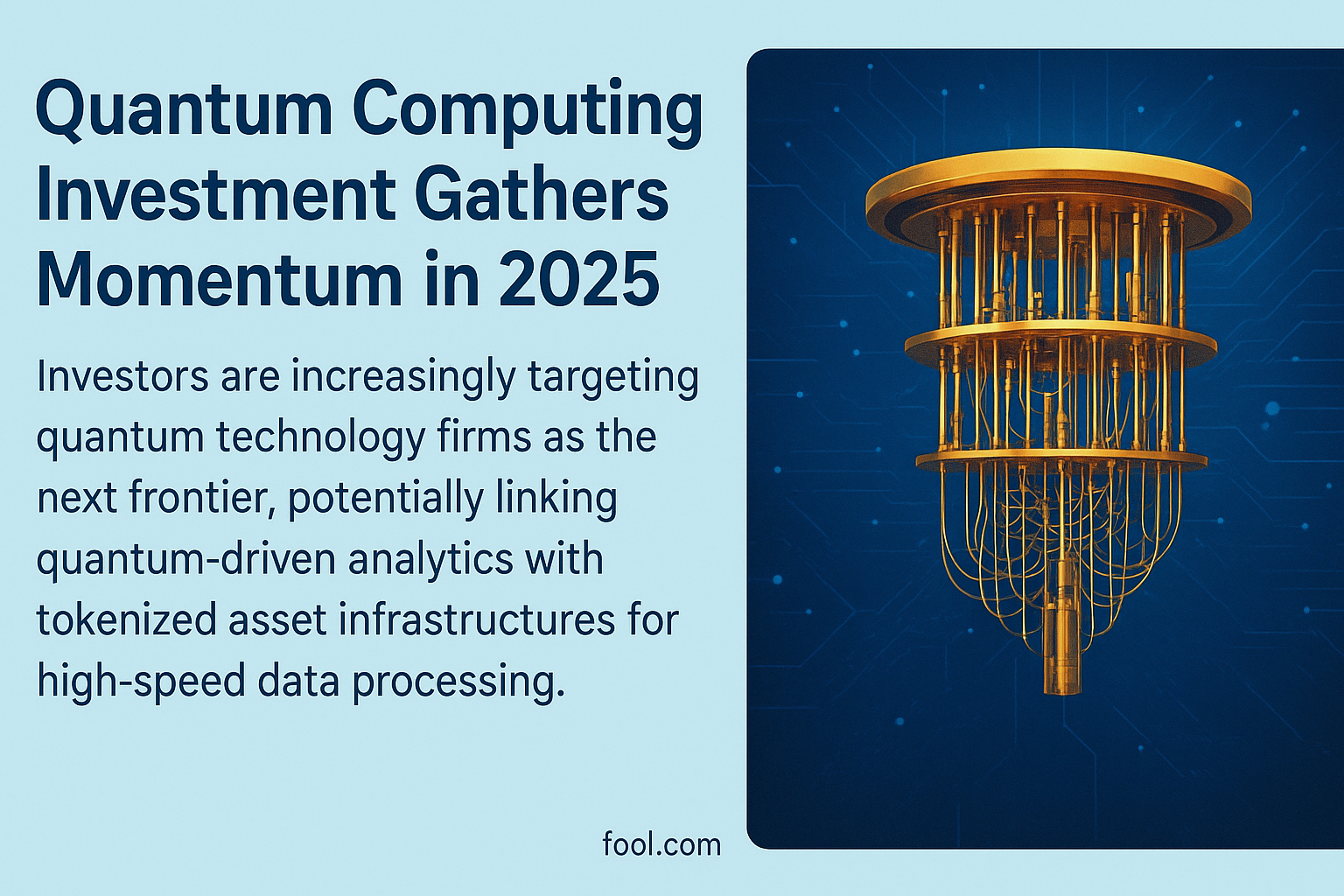After two years of skepticism, declining volumes, and fading hype, NFTs are making a comeback in 2025. But this time, the narrative is different. The market that was once dominated by cartoon apes and speculative trading is now finding real utility, powered by interoperability, AI-driven finance, and the tokenization of real-world assets (RWAs).
The NFT renaissance is being shaped not by hype cycles, but by meaningful technological and economic integration across industries.
From Speculation to Real Utility
In 2021, NFTs symbolized a cultural movement — digital collectibles that represented status and ownership on the blockchain. By 2023, however, that energy had largely evaporated. Collections collapsed, investors fled, and “NFT” became almost a dirty word in crypto.
Fast-forward to 2025: the technology has matured.
NFTs are no longer just JPEGs with price tags; they’re functional digital assets embedded in ecosystems where they hold actual value.
For instance:
Gaming and Metaverse projects now use NFTs for verified item ownership, enabling cross-game trading.
Music and film industries are issuing NFTs that grant streaming rights, royalties, and exclusive access.
Corporate loyalty programs have turned to NFTs as interoperable identity and reward layers.
The focus has shifted from “owning art” to owning experience and access — the next evolution in digital engagement.
AI and Financialization Are Driving the New Wave
One of the most significant drivers of the NFT rebound is the emergence of AI-backed financial tools. These systems can analyze NFT data — rarity, transaction history, floor price volatility — and create credit ratings, collateral valuations, and yield strategies.
DeFi protocols now integrate NFTs as collateral, something nearly unthinkable just two years ago.
Platforms like Blur Finance and NFTFi 2.0 (fictional examples) are blending AI-driven risk scoring with real-time liquidity, allowing users to borrow against tokenized digital items just as easily as against cryptocurrencies.
This financialization, powered by AI analytics, restores confidence and liquidity to the NFT space, bringing in not just collectors — but traders, investors, and institutions.
The Tokenization of Real-World Assets (RWAs)
NFTs are also benefiting from the broader tokenization boom.
Real-world assets — from real estate and luxury goods to carbon credits and patents — are being fractionalized and represented as NFTs on blockchain networks.
Unlike the early wave of collectibles, these NFTs are tied to tangible, revenue-generating assets.
They serve as proofs of ownership, access rights, or financial participation in an underlying project.
For example:
A property investment platform might issue NFT shares representing partial ownership in a commercial building.
A logistics company could use NFTs to track high-value goods with immutable provenance.
Even government agencies in progressive jurisdictions are exploring NFT-based licensing and certifications.
This convergence of RWAs + NFTs blurs the line between digital and physical markets — and investors are taking notice.
Interoperability: The Hidden Catalyst
The rebirth of NFTs wouldn’t be possible without interoperability advancements.
In 2025, multi-chain standards like ERC-7501 and cross-chain NFT bridges allow assets to move freely between ecosystems like Ethereum, Polygon, Solana, and Layer 2 rollups.
This means:
NFT creators can reach audiences on multiple blockchains.
Users can trade or stake assets without worrying about fragmentation.
Marketplaces and wallets can display a unified view of user holdings across chains.
Interoperability brings scalability, liquidity, and usability, making NFTs more practical for real-world integration.
Institutions Are Quietly Returning
It’s not just retail traders reentering the NFT space — institutional players are back too.
Luxury brands, sports franchises, and even fintech firms are reintroducing NFT initiatives, this time with clear long-term strategies and regulatory frameworks.
Major accounting firms now include NFT auditing services.
Banks are exploring NFT-backed loan products and AI-assisted valuation tools for tokenized portfolios.
Even insurance providers are issuing NFT-based digital policies.
In other words, NFTs are no longer a niche experiment — they’re becoming a recognized asset class.
A Healthier, More Mature Market
Unlike the frenzy of 2021, today’s NFT market is measured, data-driven, and grounded in fundamentals. Volatility remains — as with any emerging asset — but growth is being guided by real use cases and cross-sector adoption.
The speculative phase was necessary; it tested the limits of imagination.
Now, in 2025, NFTs are finding their place as a universal proof layer for ownership, authenticity, and participation in a tokenized world.
Conclusion
The NFT comeback story isn’t about hype or overnight profits.
It’s about the maturation of digital ownership — from collectibles to contracts, from art to assets, from speculation to substance.
As AI, interoperability, and tokenized finance converge, NFTs are quietly rebuilding the foundation for the next digital economy.
The market that once symbolized excess is now becoming a cornerstone of trust in the decentralized world.




